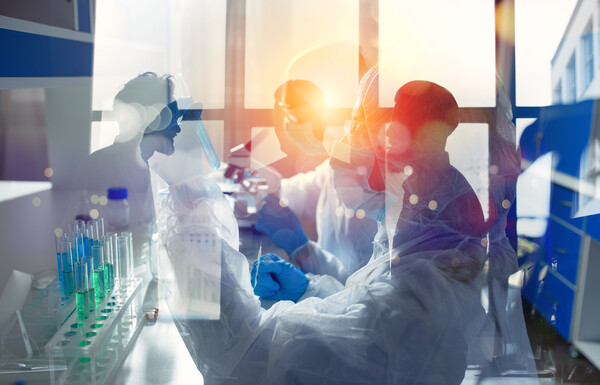Korea should make a strategic investment to narrow the technological gap in the health and medical industries, a state agency said.

On Thursday, the Korea Health Industry Development Institute (KHIDI) released a report titled “2022 Health Care and Industrial Technology Level Assessment” after analyzing 77 health and medical industrial technologies – 42 disease-related technologies, including lung cancer, and 35 industrial ones, including synthetic drugs.
KHIDI has evaluated relative technological levels and technological gaps among five countries – Korea, China, Japan, Europe, and the U.S. – to diagnose the levels of core technologies in health and medical industries and help to shape policies to improve related technologies in Korea.
The relative technology level is Korea’s level in percentage compared with that of the highest-level country. The technology gap is the number of years expected to take to reach the country with the highest technology level.
In 2022, Korea’s relative technological level in health and medical industries was 79.4 percent of the U.S., and the technology gap was 2.5 years.
The country with the highest technology was the United States (100 percent), followed by Europe (88.4 percent), Japan (81.7 percent), Korea (79.4 percent), and China (74.0 percent). By disease, Korea showed relatively higher technological levels in the field of musculoskeletal and connective tissue diseases and overcoming low birthrate, while relatively lower levels in pulmonary diseases.
In industries, China was third in medical artificial intelligence after the U.S. and Europe. China’s technology gap with the U.S. in this area was 2.4 years, compared with Korea’s 2.7 years, rapidly closing the U.S.
“As the global health crisis continues due to Covid-19 and other factors, international competition is intensifying to secure core technologies in health and medical industries responsible for protecting national and public health,” said Shin Sang-hun, head of the R&D assessment team at KHIDI.
Shin added that although Korea’s health and medical technological levels have considerably improved recently, but the gap with the countries with the highest level remains unchanged, and those of Japan and China are also advancing very rapidly, forcing this country to make strategic investments into strengthening these technologies.
“We will try to reflect the results of the 2022 analysis to be reflected in shaping health and medical R&D policies by related government agencies,” Shin said.

